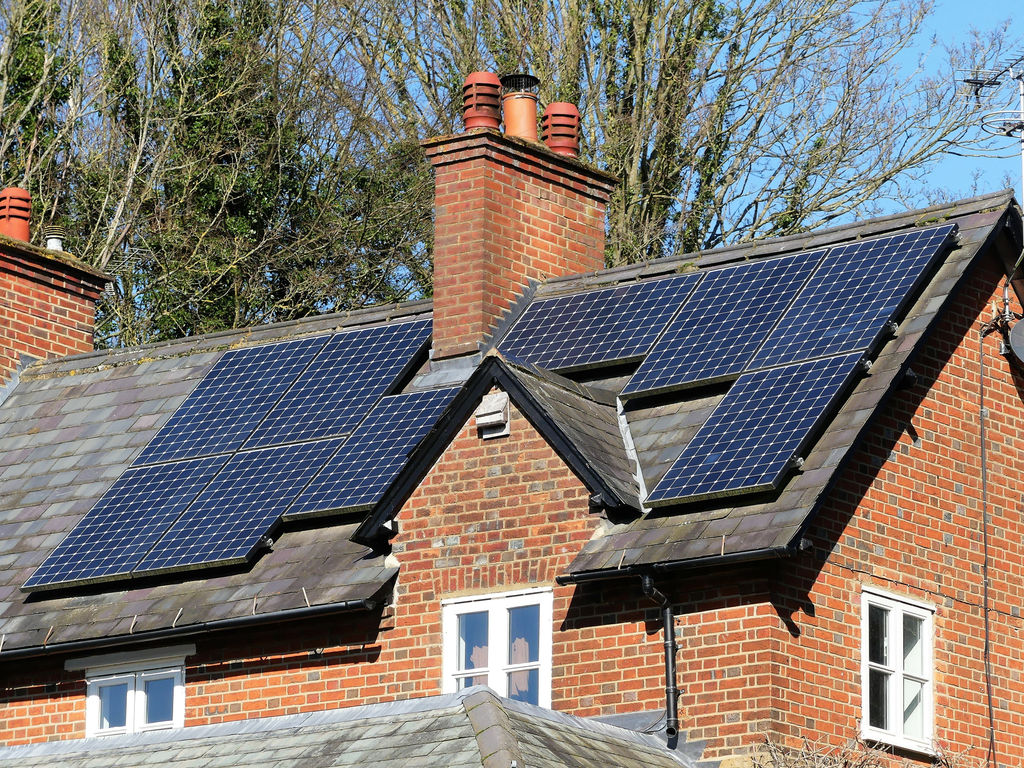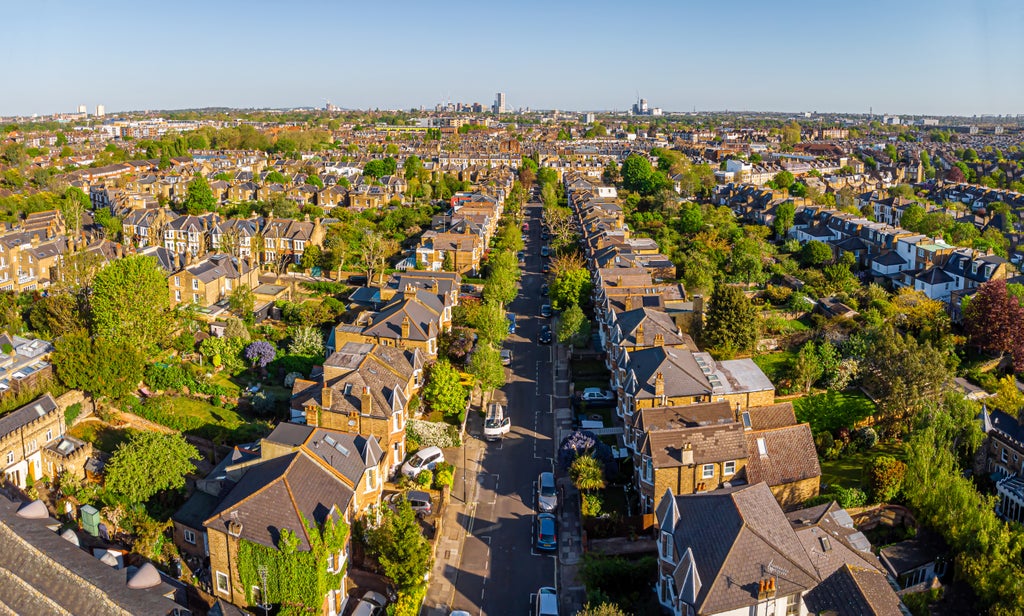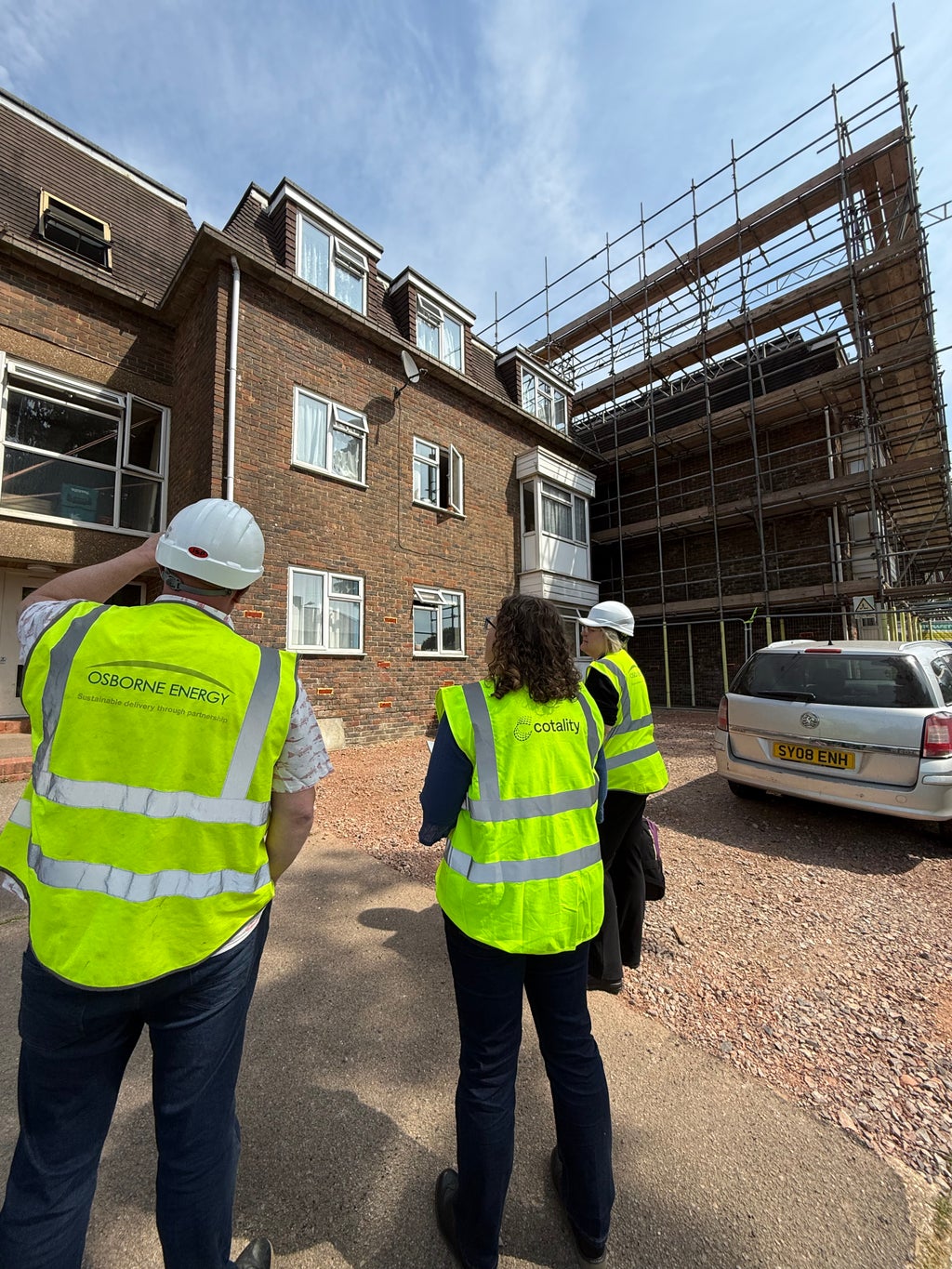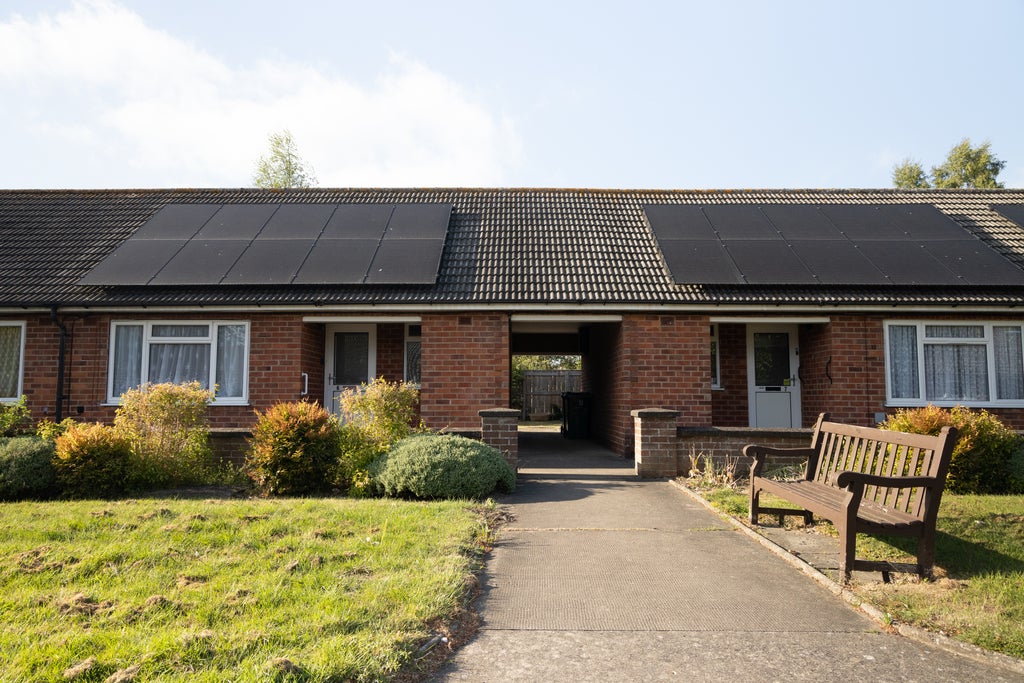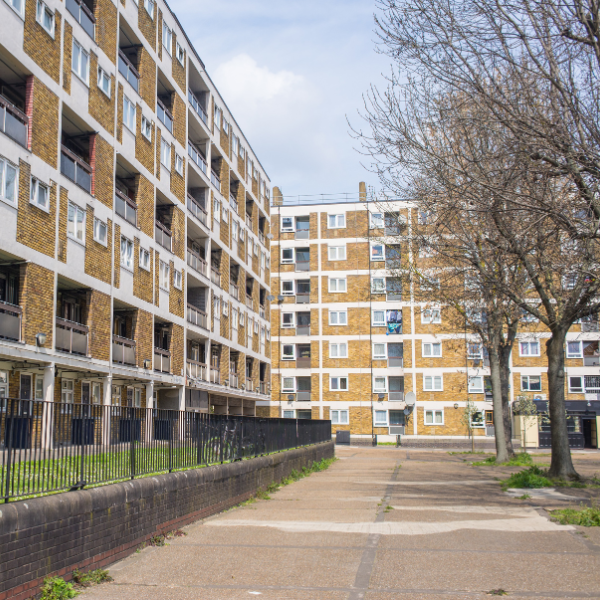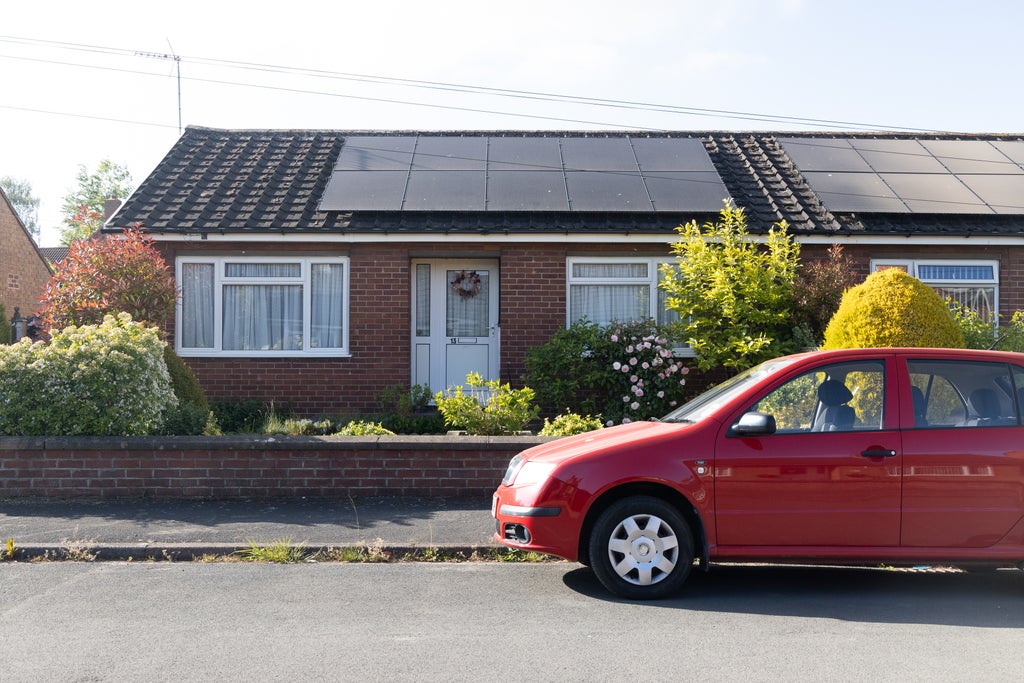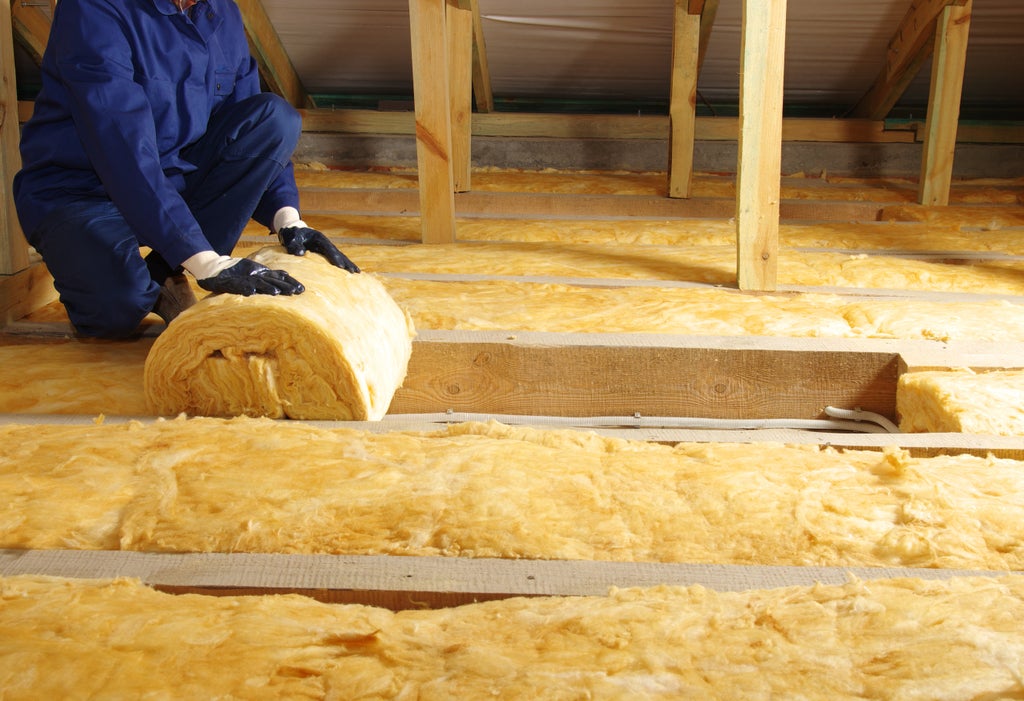Two recent homeowner surveys reveal a consistent message: awareness of energy efficiency is high, but action is lagging behind.
We explore what Ecofurb’s Home Retrofit Trends Index and the UK Government's Department for Energy Security and Net Zero (DESNZ) Public Attitudes Tracker tell us about the UK’s retrofit landscape, what’s holding homeowners back, and what might help move things forward.

Understanding the Retrofit landscape
In 2025, the UK faces a critical challenge in accelerating home energy efficiency retrofits to meet Net Zero goals for private and social housing. While the benefits of retrofitting- lower bills, improved comfort, and reduced emissions - are widely acknowledged, uptake remains limited.
To better understand this gap between awareness and action, we've compared findings from two recently published consumer surveys: Ecofurb’s Home Retrofit Trends Index (HRTI) and DESNZ Public Attitudes Tracker.
Together, these datasets offer a comprehensive view of homeowner attitudes, behaviours, and barriers related to energy efficiency.
Awareness vs. Action: The Retrofit gap
Sources: DESNZ (2025), Ecofurb (2025)
The message is clear: both surveys show that awareness of energy efficiency is widespread:
- 86% of UK adults are aware that home heating needs to change to meet Net Zero goals (DESNZ) [1]
- 87% are aware of low-carbon heating systems such as heat pumps and solar panels (DESNZ) [1]
- 74% of homebuyers say a property’s EPC rating is important when choosing a home (Ecofurb).
However, this awareness has not yet translated into widespread action, presenting a significant hurdle for meeting Net Zero targets and for local authorities aiming to support their "able-to-pay" residents.
Consider these figures from Ecofurb’s latest Index:
- Only 6.3% of homeowners plan to install insulation in the next 12 months (Ecofurb).
- Just 4.4% are considering a heat pump (Ecofurb).
- 6.6% are thinking about solar panels (Ecofurb).
While awareness is high, only 33% of DESNZ respondents say they know “a fair amount” or more about low-carbon heating systems.
This divergence suggests that while the public understands the importance of energy efficiency, many are not yet ready - or able - to act. For a comprehensive overview of these home owner intentions, the Ecofurb Home Retrofit Trends Index offers deeper insights.

Barriers to Retrofit
Sources: Ecofurb (2025), DESNZ(2025)
Ecofurb’s latest survey provides a detailed breakdown of the most common barriers to retrofitting for homeowners. These insights from those who have overcome barriers to complete a retrofit project, as well as those yet to undertake works, are crucial for policymakers and local authorities looking to implement effective support programmes:
DESNZ’s findings on solar panels are similar. Respondents opting NOT to install solar panels citing cost and complexity as concerns. For example:
- 64% of respondents who decided not to install solar panels said it was because the solar panels are "too expensive to install" (DESNZ).
- 20% of the same base claimed that solar panels "wouldn't be suitable in my home" (DESNZ)
In a similar vein, owner-occupier respondents who had not installed solar panels identified with financial incentives and access to knowledge as personally increasing their likelihood to ‘consider installing solar panels’:
- 72% said that “Better financial support for installing solar panels” would help to convince them, as well as a government-backed guarantee scheme for repairs (47%) and better financial incentives for selling unused electricity back to the grid (43%).
- A third of owner-occupiers without solar cited “Information about trusted, reliable installers” (35%), as well as “more information on solar panels and the benefits and drawbacks” (32%), with an additional 22% citing “Guidance on the planning procedures and rules in my local area” as possible positive influencers on choosing to get solar panels installed.
These consistent findings from both reports paint a clear picture of the need for simplified processes, improved financial incentives, and trusted guidance for homeowners.
For a deeper dive into the specific barriers homeowners face across all retrofit measures, download the Ecofurb Home Retrofit Trends Index, or go straight to the Ecofurb site to see how we overcome the barriers in practice.
Motivations for Retrofitting
Sources: Ecofurb (2025), DESNZ(2025)
Despite the barriers, homeowners are clearly motivated to improve their homes. Ecofurb’s survey found the following top reasons for considering energy efficiency upgrades:
Some of DESNZ’s findings are consistent with this, with 82% of respondents saying "saving money on energy bills" as a key reason they would consider installing solar panels.
These results suggest that while carbon footprint reductions are somewhat important, most homeowners are driven by the tangible, practical benefits of bill reduction, home comfort, and personal health.
It’s worth noting that the DESNZ survey does not go into detail around homeowner motivations across all home retrofit measures in the same way Ecofurb’s Home Retrofit Trends Index does; they explore some motivations, but only in relation to solar energy uptake among homeowners.
Where the data aligns
Sources: Ecofurb (2025), DESNZ (2025)
The two datasets show strong alignment in several key areas:
- Low uptake of heat pumps: Only 4.4% of homeowners plan to install one in the next year (Ecofurb), and just 26% say they would consider one when replacing their heating system (DESNZ).
- Affordability as a top barrier: 48.4% of Ecofurb respondents cited upfront cost as a major obstacle to installing energy efficiency measures across the board - and 63% of DESNZ respondents who are not intending to install solar panels specifically listed "Too expensive to install" as their main reason.
- Need for support: Both reports highlight the need for better guidance, financial incentives, and trusted information to help homeowners take action.
Where the data diverges
Sources: Ecofurb (2025), DESNZ (2025)
While largely complementary, there are subtle divergences that offer further insights:
- DESNZ frames perceptions of low carbon technologies within the broader context of national climate goals, while Ecofurb’s findings explore how homeowners are motivated by personal benefits such as comfort, cost savings, and property value.
- DESNZ data suggests growing awareness and general support for low-carbon technologies, with 86% of respondents acknowledging awareness of the need to change how homes are heated to meet NetZero goals.
- Ecofurb’s data, however, reveals lower short-term intention to act, with much smaller percentages of homeowners planning to install a heat pump (4%), solar panels (7%) or insulation (6%) in the next year.
Together, this indicates alack of urgency rather than a divergence in findings outright. The public understands the why, but the how is still a significant hurdle for actual implementation.
Demographics: Who’s most likely to Retrofit?
Sources: DESNZ (2025)
Demographic factors play a significant role in shaping retrofit attitudes and behaviours, and these insights are invaluable for targeted outreach by local authorities.
Age
- Older homeowners (55+) are more aware of retrofit technologies but less likely to install them. For example, only 17-20% of this group would consider a heat pump (DESNZ).
- Younger homeowners (25-44) are more open to retrofitting but feel less informed. Around 32-33% say they don’t know enough to make a decision (DESNZ).
Tenure
- Owner-occupiers are far more likely to consider retrofits than renters (DESNZ).
- 41% of renters say it’s not their decision to make (DESNZ). This may improve with upcoming MEES regulation changes, putting more power into the hands of rental tenants to get their homes energy efficient.
These insights point to the need for targeted communication and support strategies that reflect the diverse needs of different groups of residents.
The EPC effect: Energy ratings and market value
Sources: Ecofurb (2025), Knight Frank (2022)
Homebuyers say that energy efficiency matters in the housing market:
- 74% of homebuyers say EPC ratings are important when choosing a home (Ecofurb).
- 55% say existing energy-efficient features like solar panels or insulation are important (Ecofurb).
According to Knight Frank (2022), improving a home’s EPC from F/G to C could increase its value by up to 20%, although actual impacts will vary by location and market conditions. This relationship between EPC rating and value is most likely to be evident in a property suited to the private rental sector, where EPC C has been proposed as the new minimum energy efficiency standard.
Despite this market incentive, only 13% of homeowners plan to install solar panels and just 9% plan to install a heat pump in the next year (Ecofurb). This suggests that while consumers acknowledge the importance of EPCs, that feeling is not yet influencing the uptake of retrofit options.
What can be done to close the Retrofit gap?
The data from both Ecofurb and DESNZ make it clear: homeowners are interested in energy efficiency, but they face real barriers. Addressing these challenges will require coordinated action from homeowners, industry, and policymakers.
For Homeowners (and the support they need)
If you’re a homeowner considering energy upgrades, here are some practical steps to get started, highlighting where support is crucial:
1. Start with Low-Cost, High-Impact Measures
Begin with improvements that are relatively affordable and easy to implement, such as:
- Draught-proofing
- Loft insulation
- Smart heating controls
These upgrades can reduce energy bills and improve comfort without major disruption.
2. Combine Retrofit with Other Renovations
If you’re already planning a kitchen refit, extension, or roof replacement, it’s a good time to consider adding insulation or preparing for solar panels. Bundling work can reduce costs and minimise disruption.
3. Use Trusted Tools and Advice
Companies like Ecofurb offer free, impartial guidance to help homeowners:
- Explore and understand your options
- Get tailored recommendations for your home retrofit
- Connect with qualified, trusted professionals and receive installation oversight.
4. Explore Financial Support
You may be eligible for grants or incentives through schemes such as:
- The Boiler Upgrade Scheme
- Local authority retrofit programmes
- Green mortgages or energy-efficiency loans
These can significantly reduce upfront costs and make retrofit more accessible. Ecofurb’s partners Knight Frank Finance can help you explore your financing options - more on this here.
For Policymakers and Industry
The data also points to several areas where policy and industry support could unlock greater retrofit activity, especially for local authorities keen to enable their residents:
1. Improve Affordability
- Expand grants and subsidies for energy efficiency upgrades (such as those explored in the UK Solar Roadmap).
- Offer low-interest loans or retrofit finance products.
- Provide tax incentives for homeowners who invest in retrofit.
Affordability is the most frequently cited barrier - so bringing costs down should drive significant uptake.
2. Simplify the Process
- Create a centralised, user-friendly portal for retrofit advice and funding.
- Standardise terminology and guidance across schemes.
- Offer step-by-step support to help homeowners navigate their options - again, Ecofurb can help with this.
Many homeowners are willing to act, but need a clear path ahead to move forward.
3. Build Trust in the Supply Chain
- Strengthen accreditation and quality assurance for installers.
- Promote consumer protection and dispute resolution mechanisms.
- Support the development of local retrofit coordinators and trusted advisors.
Confidence in the process is essential, especially for newer technologies like heat pumps.
4. Normalise Retrofit
- Launch public awareness campaigns that highlight the everyday benefits of retrofit.
- Share real-life stories of successfu upgrades – explore Ecofurb’s “Meet The Ecofurbers“ for some examples.
- Position retrofit as a routine part of homeownership, not a niche or specialist activity.
The more visible and relatable retrofit becomes, the more likely people are to take action.
Why Both Datasets Matter
The DESNZ Public Attitudes Tracker provides along-term, national view of public opinion on energy and climate. Ecofurb’s Home Retrofit Trends Index adds a focused lens on homeowner behaviour and retrofit intentions.
Together, they offer a fuller picture:
- DESNZ helps track shifts in public sentiment and awareness over time to net zero measures.
- Ecofurb provides actionable insights into what retrofit actions homeowners are planning - and why.
These complementary datasets, used together, can inform better policy, smarter industry strategies, and more effective homeowner engagement. For a detailed exploration of how these two datasets can inform your strategy, download Ecofurb’s Home Retrofit Trends Index here.
From Awareness to Action
The UK is at a pivotal moment. Awareness of energy efficiency is high. Motivation is growing. But unless we make retrofitting easier, more affordable, and more trusted, the retrofit gap willpersist.
The good news? Industry data broadly shows that the appetite for retrofit is real. Homeowners want to act; they just need the right support and incentives.
Whether you’re a homeowner, policymaker, or industry professional, the message is clear: the opportunity is here. Now it’s time to turn awareness into action.
👉 Use the Ecofurb Options tool to explore what’s possible for your home
👉 Or find out more about getting an Ecofurb Plan & home energy survey
Sources:
- Ecofurb Home Retrofit Trends Index – Summer 2025 (YouGov, June 2025). Sample: 2,081 UK adults.
- DESNZ Public Attitudes Tracker – Spring 2025. Sample: 3,412 UK adults. gov.uk/public-attitudes-tracker
- Knight Frank (2022): “Improving your EPC rating could increase your home’s value by up to 20%.”
[1] ‘Awareness’ in the DESNZ report “encompasses all respondents who said they had heard of a particular concept or technology, including those who said ‘hardly anything but I’ve heard of this’, ‘a little’, ‘a fair amount’ or ‘a lot’.” By contrast, ’Knowledge’ in the DESNZ report “encompasses those who said they know ‘a fair amount’ or ‘a lot’ about a topic.”







